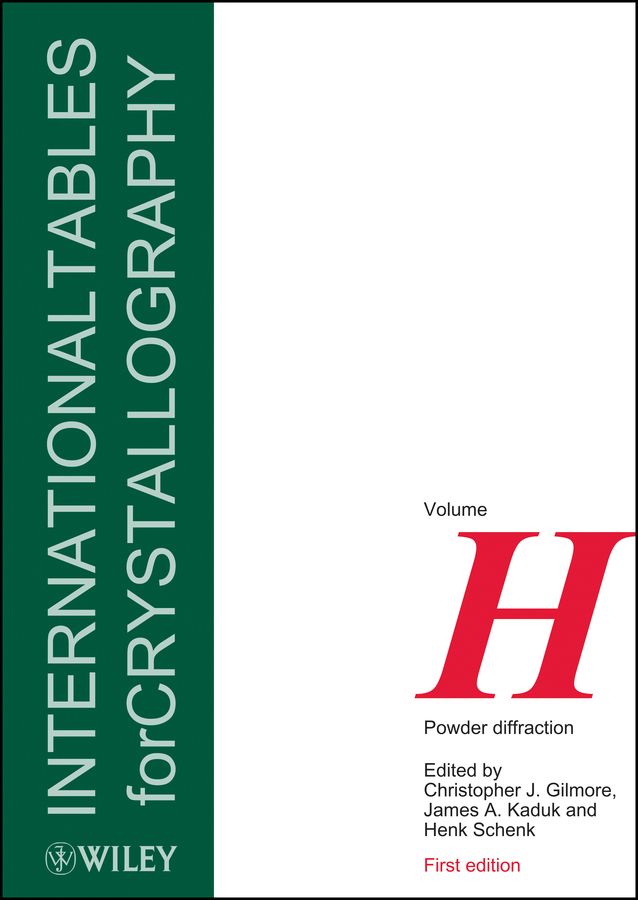<p>Powder diffraction is the mostly widely used crystallographic method, with applications spanning all aspects of structural science. This new volume of <i>International Tables for Crystallography</i> covers all aspects of the technique with over 50 chapters written by experts in the field.<br /> <br /> Consisting of seven parts, this volume:</p> <ul> <li>Provides an overview of the principles of powder diffraction.</li> <li>Discusses the radiation sources used for powder-diffraction studies, instrumentation, the use of different sample environments and methods of sample preparation.</li> <li>Covers methodology, including data processing, indexing and reduction, whole-pattern modelling and quantitative analysis. An overview of the relevant crystallographic databases is also provided.</li> <li>Focuses on structure determination (including real- and reciprocal-space methods and the maximum-entropy method), structure refinement and structure validation.</li> <li>Discusses defects, texture and microstructure, including stress and strain, domain size and thin films.</li> <li>Reviews the available software for powder diffraction.</li> <li>Describes applications to many areas of industrial and academic importance, including macromolecules, minerals and mining, pharmaceuticals, ceramics, cement, superconductors, pigments, forensic science, archaeology, energy storage, petrochemicals and aluminium production.</li> </ul> <p>Volume H is the key reference for all powder diffractionists from beginners to advanced practitioners and has been designed to be a practical volume without sacrificing rigour. Many examples of the powder-diffraction method are discussed in detail, and in several cases the data used in the examples are available for the reader to download.</p> <p>More information on the series can be found at: <a href=”http://it.iucr.org/”>https://it.iucr.org</a>.</p> <p> </p>
Chemistry
International Tables for Crystallography, Powder Diffraction
₹31,806.00
This book is currently not in stock. You are pre-ordering this book.

